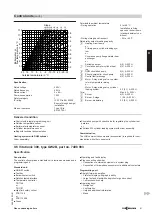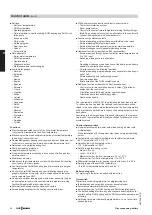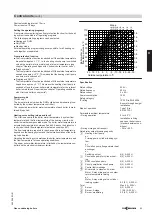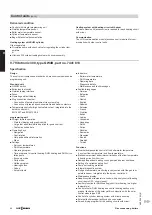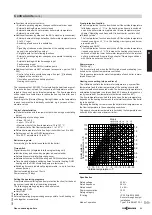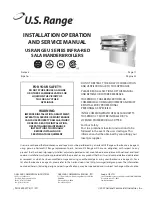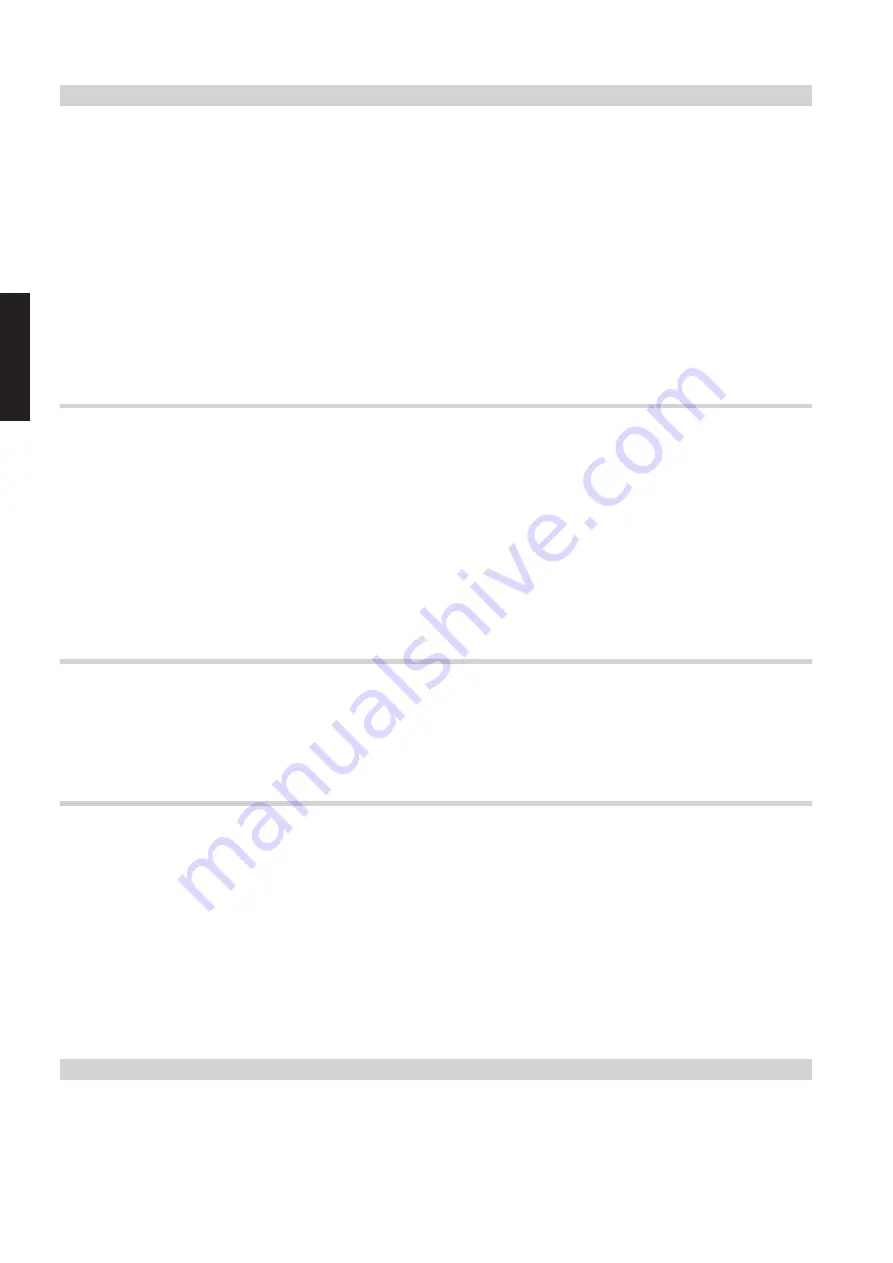
8.12 Condensate and neutralisation
Drain the acidic condensate created during the heating operation in
the condensing boiler and in the flue pipe in accordance with appro-
priate regulations. With gas combustion, the condensate will have a
pH value between 3 and 4. Code of Practice DWA-A 251 on "Con-
densate from condensing boilers", which is generally based on the
local waste water regulations [in Germany], determines conditions for
draining condensate from gas condensing boilers into the public sew-
age system.
The composition of condensate drained from the Vitocrossal 300 con-
densing boiler meets the requirements of Code of Practice DWA-A 251
"Condensate from condensing boilers – Introduction of condensate
from gas or oil combustion equipment into the public sewage system
and small sewage treatment plants".
According to the Code of Practice DWA-A 251, a condensate volume
of 0.14 kg per kWh of fuel should be assumed for gas combustion.
Up to a rated heating output of 200 kW, the condensate from a gas
condensing boiler can generally be introduced into the public sewage
system without prior neutralisation.
Gas combustion above 200 kW
Condensate from this type of system should generally be neutralised.
After leaving the Vitocrossal, the condensate is neutralised in the neu-
tralising system through a neutralising agent, and its pH value is raised
from 6.5 to approx. 9.
Any condensate treated as described may be introduced into the public
sewage system. The neutralising agent will be gradually consumed by
the condensate. Since the consumption of neutralising agent depends
on the operating mode of the system, determine the required top-up
volume during the first year of operation by regular checks. Establish
the consumption through inspections over a longer period of time.
Design notes regarding condensate drain pipe
The condensate drain pipe to the sewer connection must be freely
accessible for inspection. It must be installed with a fall, include a
stench trap, and provide a suitable facility for sampling. The bottom
drain should be located below the anti-flooding level of the flue gas
collector.
Condensate drain pipes must only be made from corrosion-resistant
materials (e.g. reinforced hoses). Never use any zinc-plated materials
or those containing copper for pipes, connection pieces, etc. Install a
U-bend in the condensate drain to prevent flue gases from escaping.
Also ensure that your domestic drainage systems are made from
materials that are resistant to acidic condensate. According to Code
of Practice DWA-A 251, these materials include:
■ Clay pipes
■ Hard PVC pipes
■ PVC pipes
■ PE HD pipes
■ PP pipes
■ ABS/ASA pipes
■ Stainless steel pipes
■ Borosilicate pipes
Local water regulations and/or specific technical circumstances may
prescribe designs, which vary from those described in the above
Codes of Practice. It is advisable to contact your local authority respon-
sible for waste water management prior to installation, to find out about
local regulations.
Neutralising systems
Matching neutralising systems are available for
Vitocrossal con-
densing boilers
:
■ Granulate neutralising system with optional condensate lifting sys-
tem and a maximum neutralisation output of 70 l/h
■ Granulate neutralising system with optional condensate lifting sys-
tem and a maximum neutralisation output of 210 l/h
For specifications regarding neutralising systems and accessories,
see the datasheet "Boiler accessories".
8.13 Intended use
The appliance is only intended to be installed and operated in sealed
unvented heating systems that comply with EN 12828, with due atten-
tion paid to the associated installation, service and operating instruc-
tions as well as the details in the datasheet.
It is only designed for the heating up of heating water.
Commercial or industrial usage for a purpose other than the heating
up of heating water shall be deemed inappropriate.
Intended use presupposes that a fixed installation in conjunction with
permissible components designed for this purpose has been carried
out.
Every other use will be deemed to be inappropriate. Any resulting los-
ses are excluded from the manufacturer's liability.
Any usage beyond this must be approved by the manufacturer for the
individual case.
Intended use also includes the adherence to maintenance and inspec-
tion intervals.
Control units
9.1 Overview of boiler control units and control panels
A matching boiler control unit is part of the standard delivery of all
Viessmann boilers. This control unit has been specially developed for
energy saving and environmentally responsible operation.
The temperature sensors are precisely matched to the boiler charac-
teristics.
Design information
(cont.)
50
VIESMANN
Gas condensing boilers
9
5822 449 GB


























